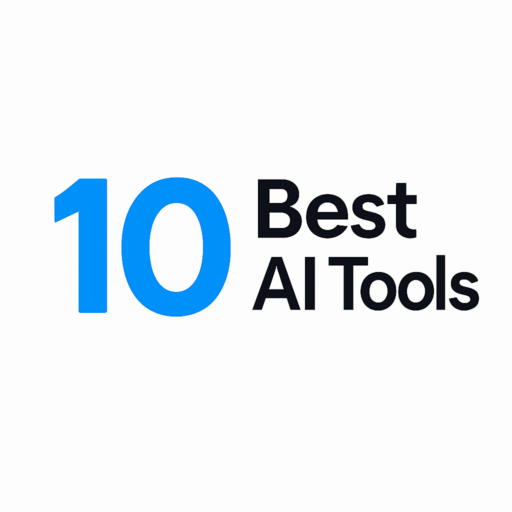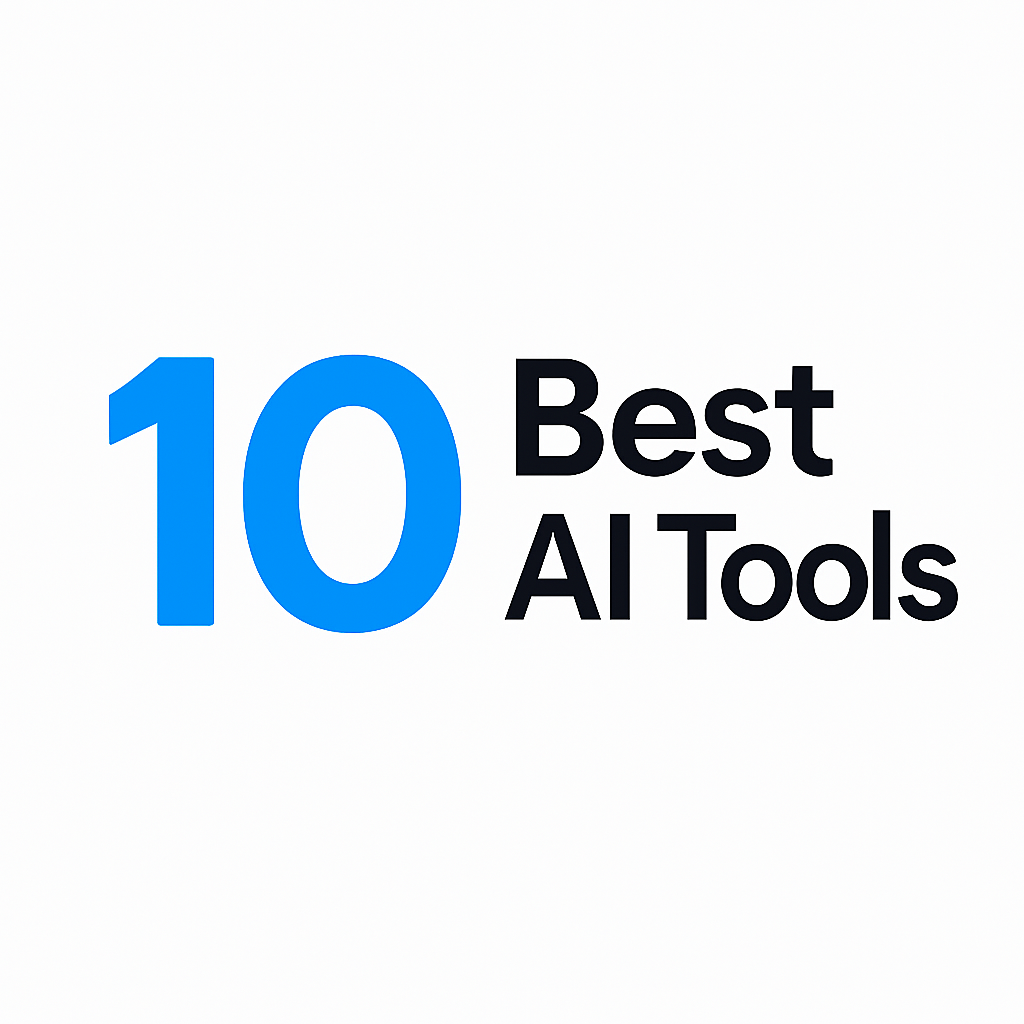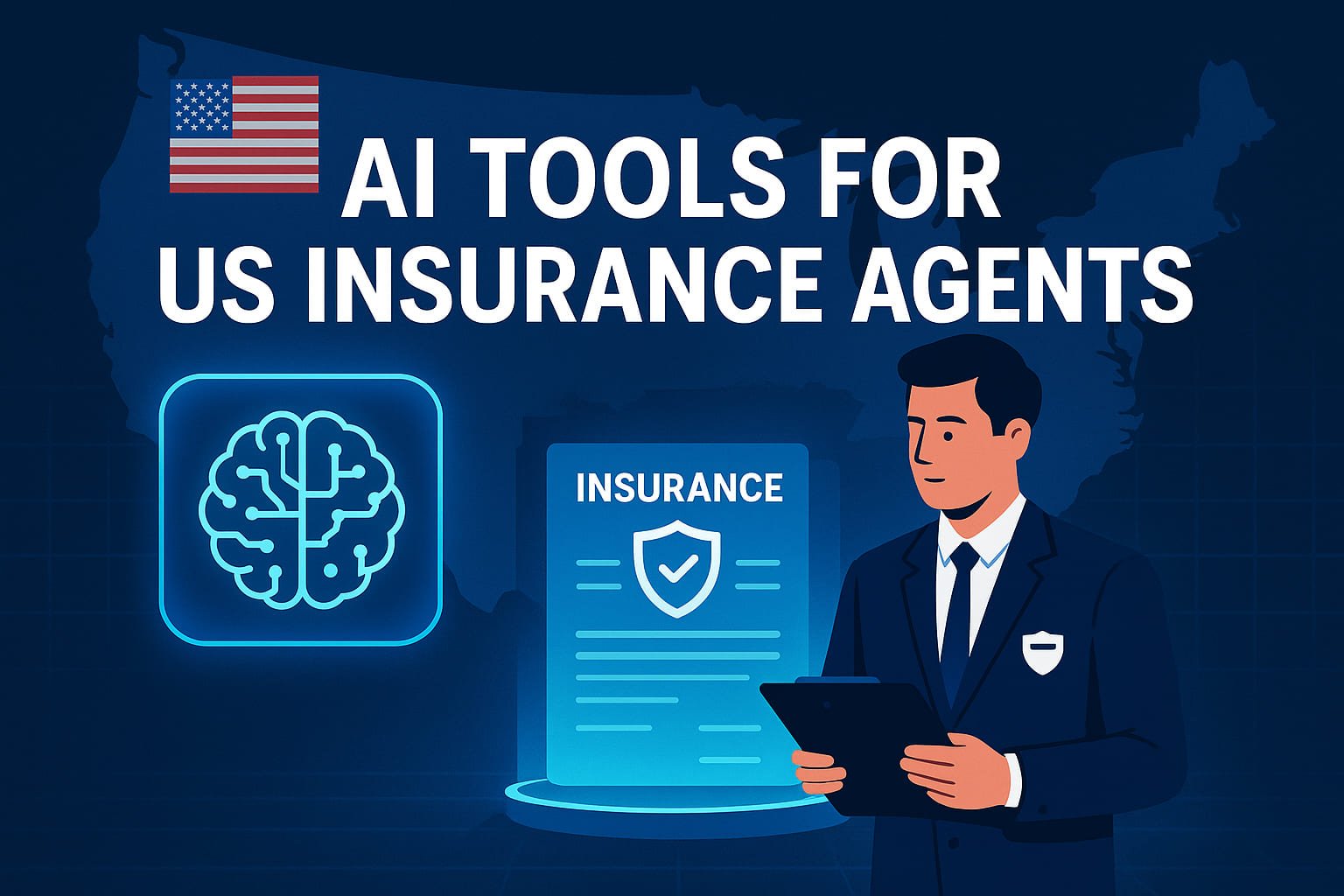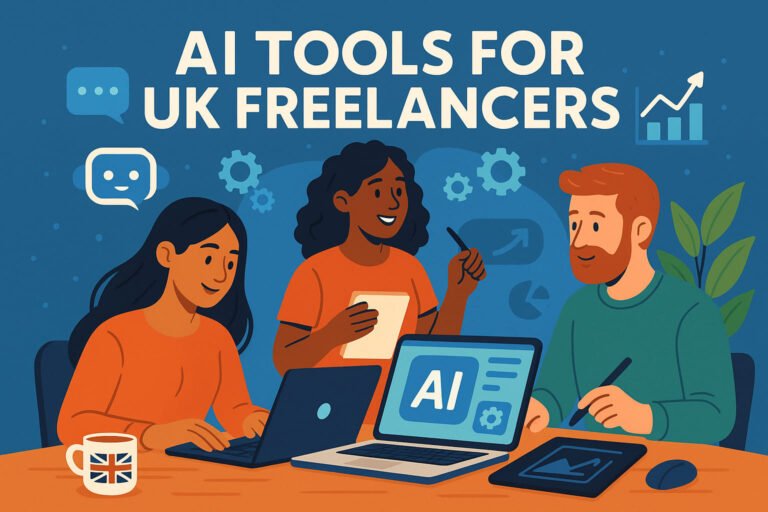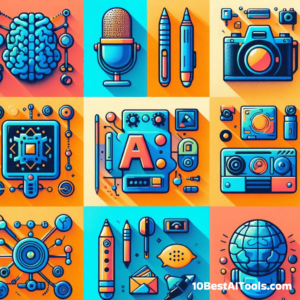Work Smarter, Not Harder: AI That Turns Chaos into Claims Wins.
Hey there, busy agent! 👋 Between juggling client calls, messy claim forms, and chasing adjusters, your day feels like a non-stop triathlon. But what if AI tools for US insurance agents could take on 80% of that grind? This guide walks you through 10 powerful tools designed to streamline claims, automate repetitive tasks, and reduce stress—so you can finally enjoy that coffee break without interruption. Let’s dive into the future of insurance work!
Comparison Table: AI Tools for US Insurance Agents at a Glance
| Tool | Best For | Key Features | Pricing (Est.) |
|---|---|---|---|
| Lemonade AI | Instant claims processing | AI-powered claims bot, fraud detection | Free (built into platform) |
| Shift Technology | Fraud detection | Suspicious pattern analysis, compliance alerts | Custom (enterprise) |
| Tractable | Damage assessment | Visual AI for auto/property damage analysis | $99–$499/claim |
| Amelia by IPsoft | Customer service | Voice + chat AI, handles complex queries | $25K–$100K+/year |
| CCC Intelligent Solutions | Auto claims | Repair cost forecasting, parts matching | Custom |
| One Inc | Claims payments | Digital payout automation, compliance tracking | $0.50–$2/transaction |
| Socotra | Core system integration | API-first platform, custom AI workflows | Custom |
| Cape Analytics | Property risk scoring | Geospatial AI, roof condition analysis | $10–$50/property |
| Chatfuel | Small agency chatbots | No-code chatbot builder, FB/WhatsApp integration | $15–$150/month |
| IBM Watson Assistant | Enterprise support | Deep NLP, integrates with legacy systems | $140–$240/month |
Deep Dive: All 10 AI Tools Explained
1. Lemonade AI
Your 24/7 claims whisperer.
- What it does: Uses chatbots to process claims in seconds (yes, seconds!).
- Pros: Lightning-fast payouts, zero paperwork, reduces fraud.
- Cons: Only for Lemonade policyholders (not for external agencies).
- Pricing: Free with Lemonade partnership.
- Use Case: Perfect for agents selling Lemonade policies.
- Alternatives: Socotra (for custom builds).
2. Shift Technology
Fraud-busting Sherlock Holmes.
- What it does: Flags shady claims using behavioral AI patterns.
- Pros: Catches 40% more fraud than manual reviews, audit-ready reports.
- Cons: Enterprise-level pricing; overkill for small agencies.
- Pricing: Custom quotes ($$$).
- Use Case: Large agencies drowning in suspicious claims.
- Alternatives: FRISS (similar, EU-focused).
3. Tractable
The “eyes” for damage assessment.
- What it does: Analyzes photos/videos to estimate repair costs (cars, homes).
- Pros: 90% faster than adjusters, integrates with CCC.
- Cons: Struggles with rare damage types (e.g., vintage cars).
- Pricing: Per-claim fee ($99–$499).
- Use Case: Auto/P&C agents handling high claim volumes.
- Alternatives: Claim Genius (specializes in auto).
4. Amelia by IPsoft
Your tireless virtual agent.
- What it does: Voice + chat AI that handles complex customer questions.
- Pros: Understands context (“Check my claim and update my address”).
- Cons: Steep learning curve; needs IT support.
- Pricing: Annual licensing ($25K–$100K+).
- Use Case: Agencies with overwhelmed call centers.
- Alternatives: Google Dialogflow (budget-friendly).
5. CCC Intelligent Solutions
The auto-claims oracle.
- What it does: Predicts repair costs, matches parts, speeds settlements.
- Pros: Industry-standard accuracy, integrates with repair shops.
- Cons: Focused only on auto; pricey for new agencies.
- Pricing: Custom enterprise deals.
- Use Case: Auto insurance specialists.
- Alternatives: Mitchell (similar, but less AI-driven).
6. One Inc
Payments on autopilot.
- What it does: Automates claims payouts via digital wallets, checks, or cards.
- Pros: No more chasing checks! 100% compliance tracking.
- Cons: Transaction fees add up.
- Pricing: Per-transaction ($0.50–$2).
- Use Case: Agents sick of manual payout headaches.
- Alternatives: Stripe (generic, less insurance-focused).
7. Socotra
Build-your-own AI toolkit.
- What it does: Cloud platform to add AI (claims, underwriting) to existing systems.
- Pros: Flexible, no vendor lock-in.
- Cons: Requires developer resources.
- Pricing: Custom (based on usage).
- Use Case: Tech-savvy agencies wanting tailored solutions.
- Alternatives: Guidewire (more established, less agile).
8. Cape Analytics
Property intel in 5 seconds.
- What it does: Uses satellite/AI to analyze roof age, debris, and risks.
- Pros: Instant property reports (no site visits!).
- Cons: Limited to property claims.
- Pricing: Per-report ($10–$50).
- Use Case: Property agents handling storm claims.
- Alternatives: Hover (for 3D property modeling).
9. Chatfuel
DIY chatbot for small teams.
- What it does: No-code chatbot builder for Facebook/WhatsApp.
- Pros: Cheap, easy setup, handles FAQs 24/7.
- Cons: Basic AI—can’t handle complex claims.
- Pricing: $15–$150/month.
- Use Case: Small agencies needing quick query triage.
- Alternatives: ManyChat (similar features).
10. IBM Watson Assistant
Enterprise brainpower.
- What it does: Deep-learning chatbot for CRM integration (e.g., Salesforce).
- Pros: Learns from conversations, handles policy details.
- Cons: Expensive; needs data training.
- Pricing: $140–$240/month.
- Use Case: Large teams using CRMs.
- Alternatives: Amazon Lex (cheaper, less nuanced).
How to Choose Right AI Tools for US Insurance Agents
Don’t drown in options! Ask yourself:
- “What’s my biggest time-suck?” (e.g., claims? calls? fraud?) → Match tools to pain points.
- “What’s my budget?” Start small (Chatfuel) or go big (Shift).
- “Will it play nice with my current systems?” Check integrations!
- “Can my team actually use this?” Avoid complex tools if you lack IT support.
Pro Tip: Test free trials! Most tools offer 14–30 days.
Pro Tips for Maximizing AI Tools for US Insurance Agents
- Train Your AI Like a New Hire: Feed it past claims data—it learns faster.
- Human-AI Tag Team: Let AI handle routine tasks (status updates), escalate complex issues to humans.
- Track ROI: Measure time saved/claim, customer satisfaction pre/post-AI.
- Update Regularly: AI models stale fast—retrain quarterly!
Ethical Considerations
AI isn’t a wild west—stay compliant:
- Bias Alert: Ensure algorithms don’t discriminate (e.g., zip code-based denials).
- Transparency: Tell clients when they’re talking to AI (“I’m a virtual assistant…”).
- Data Privacy: HIPAA isn’t optional! Encrypt sensitive info.
- Human Oversight: Always keep a human in the loop for appeals/denials.
The Future of AI Tools for US Insurance Agents
By 2030, expect:
- Predictive Claims: AI spotting risks before claims happen (e.g., “Your roof may leak next winter”).
- Hyper-Personalization: Policies dynamically priced via IoT data (smart home sensors).
- Voice-First Interfaces: “Hey AI, process John’s claim and text him updates.”
- Blockchain + AI: Fraud-proof claims history shared across carriers.
Conclusion
Look, friend—those 3-hour claim backlogs? They don’t have to be your normal. AI isn’t here to replace you; it’s here to free you. Free you to build relationships, strategize growth, and yes, finally take lunch breaks. Start small: try a chatbot for FAQs, or automate payouts. Then scale up as you see results. Your future self (and Mrs. Henderson) will thank you.
Check Out: AI Tools for Nonprofit Organizations
FAQs for AI Tools for US Insurance Agents
Q: Will AI steal my job?
A: Nope! It handles grunt work so you can focus on complex cases and clients.
Q: Are these tools compliant with state regulations?
A: Most are, but always verify (e.g., Shift complies with NAIC standards).
Q: Can small agencies afford AI?
A: Absolutely! Start with Chatfuel ($15/month) or Tractable’s pay-per-claim model.
Q: How long to implement AI?
A: Chatbots: 1–2 days. Enterprise tools (Amelia): 3–6 months.
Q: What if the AI makes a mistake?
A: Build review checkpoints (e.g., human approval for claims > $5K).
Follow 10 Best AI Tools on LinkedIn for more
